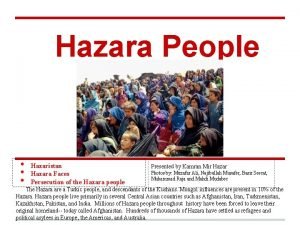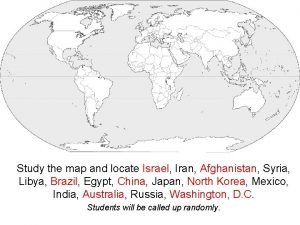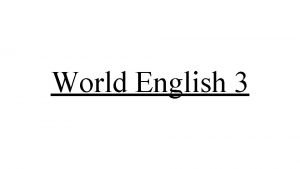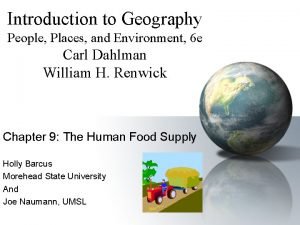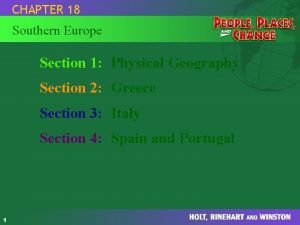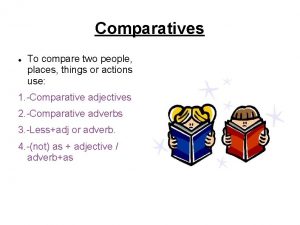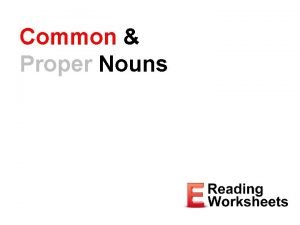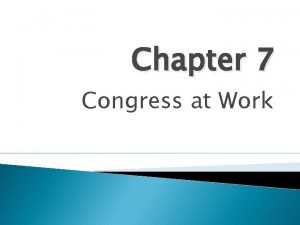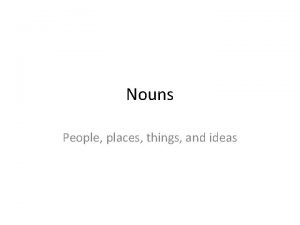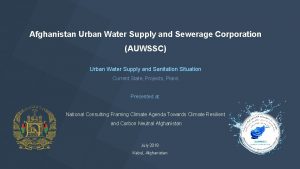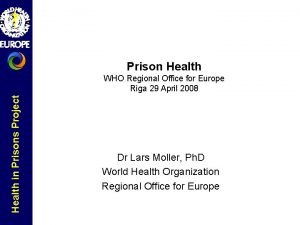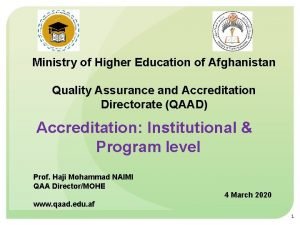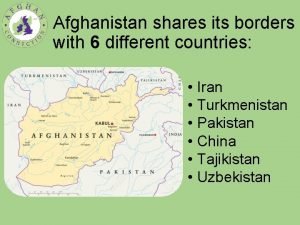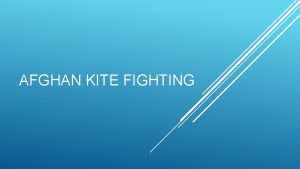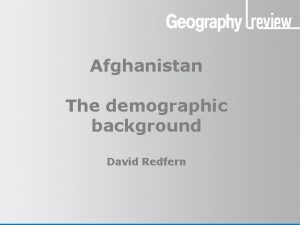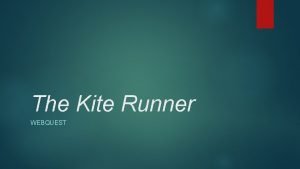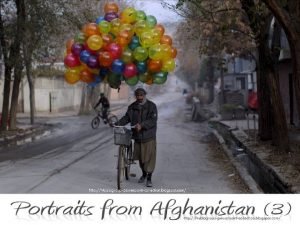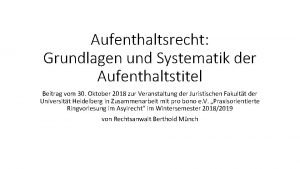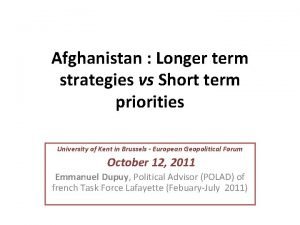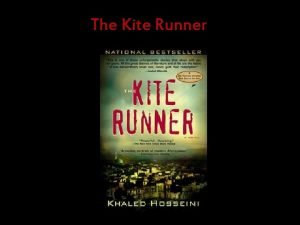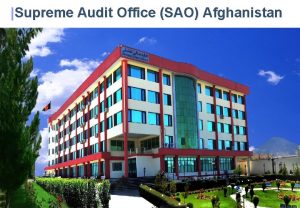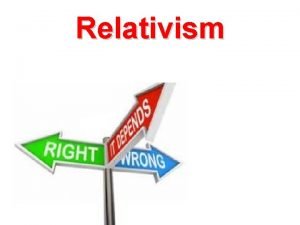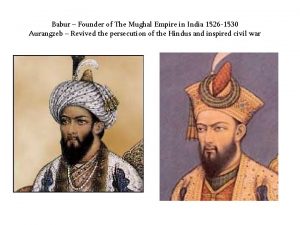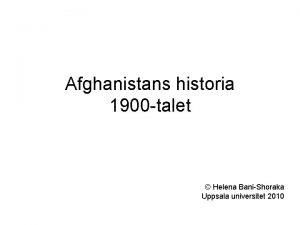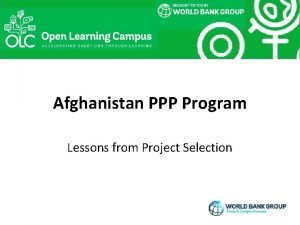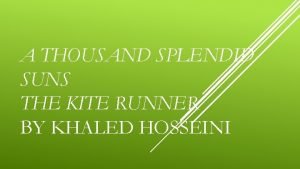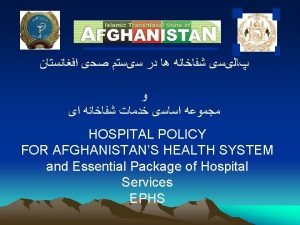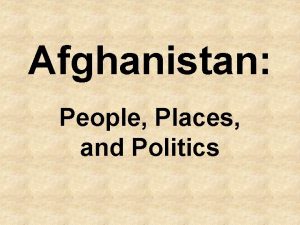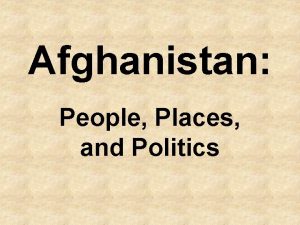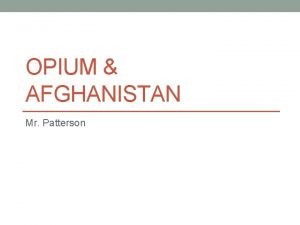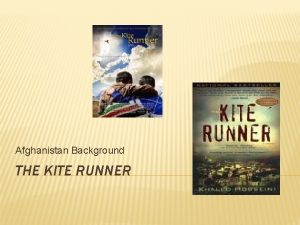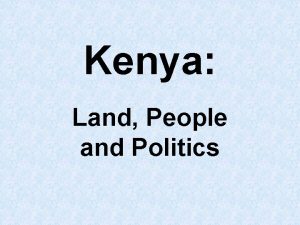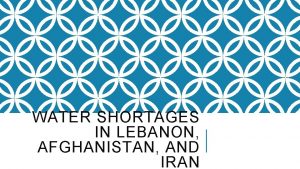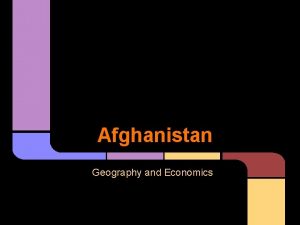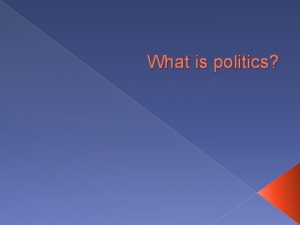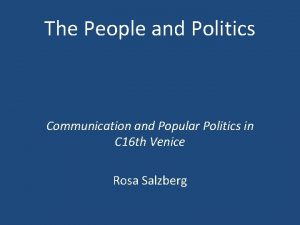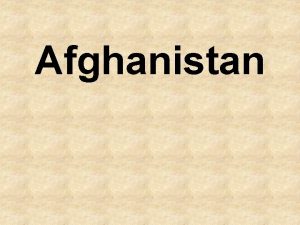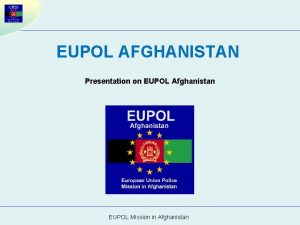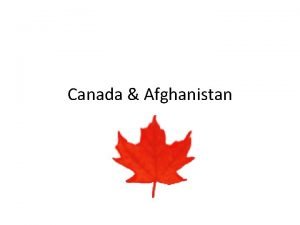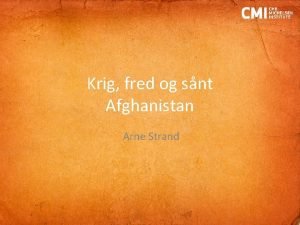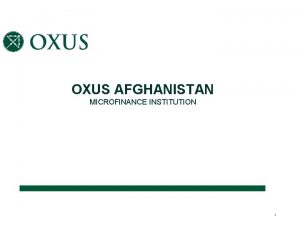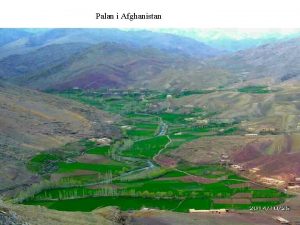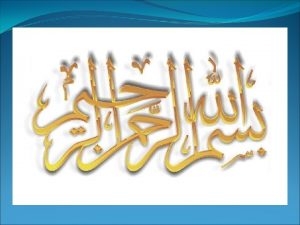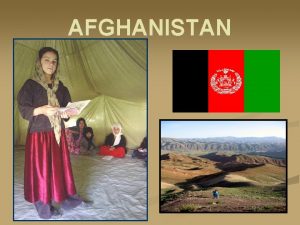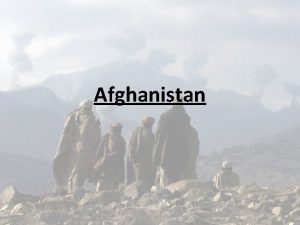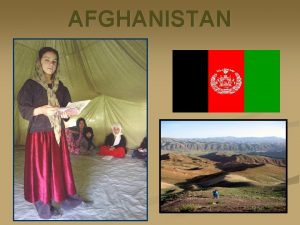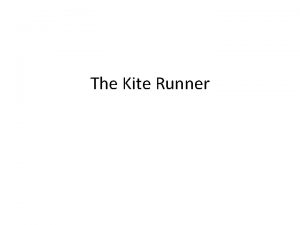Afghanistan People Places and Politics Regional Map Afghanistan



































- Slides: 35

Afghanistan: People, Places, and Politics

Regional Map • Afghanistan is a landlocked country, making the export of goods difficult and expensive. • It has rugged mountains and plains and is prone to natural disasters such as earthquakes and drought. • Temperatures are extreme, as hot as 120° F in the summer and as cold as -15° F in the winter. • There are limited natural fresh water sources, and most of the land has been overgrazed and deforested, causing desertification and soil degradation, making farming difficult.

Map and Important Data • Capital: Kabul; National Holiday: August 19 is • Area: 251, 825 sq mi; slightly smaller than Texas • Population: 29, 835, 392 (July 2011 est. ) 80% Sunni Muslim, 19% Shia Muslim • Main ethnic groups: Pashtun, Tajik, Hazara, Uzbek; Religions: Over 99% of Afghans follow Independence Day, celebrating freedom from the control of United Kingdom in 1919. Islam. • Natural Resources: natural gas, petroleum, • Language: There are some 32 language and dialects spoken. Some of these languages include; Dari, a form of Persian, Pashto, Uzbeki and Turkic languages. • Over 80% of labor force is employed in agriculture (farming, sheep, goats) • Covered by an estimated 5 -7 million landmines • Leading illicit opium producer supplying 89% of the opium produced in the world. coal, copper, chromite, talc, barites, sulfur, lead, zinc, iron ore, salt, precious and semiprecious stones

Ethnic Groups Map Pashtun: largest ethnic group, mostly farmers and Sunni Muslims Tajik: live mostly in the northeast, second largest ethnic group, mostly Sunni Muslims Hazara: live in the Hindu Kush mountains, primarily Shiite Muslims Uzbek: live mostly along the northern border, mostly Sunni Muslims Aimaqs: a farming and herding tribe in the west, mostly Sunni Muslims Turkmen and Kirghiz: nomadic herders and craftsmen, mostly Sunni Muslims Baluch: nomadic tribe living in the southern deserts, Sunni Muslims

Religion • Islam is the world’s second largest religion, with 21% of all people practicing this faith. • Islam teaches that one can only find peace in life by submitting to Allah (Almighty God) in heart, soul, and deed. • The Quran is the holy guide to Islam. • Major aspects of the Islamic religion include testimony of faith, prayer, fasting, almsgiving, and pilgrimage. • “Covering” is a religious duty. Women can only have their faces and hands showing in public. Men must not expose anything from navel to knee. • Sunni and Shia are the two most common forms of Islam with different beliefs in some of the specific premises of the religion.

Terrain and Physical Features Photo by U. S. Army 10 th Mountain Division-Light Infantry Afghanistan is a landlocked country. It is very dry and has extremely warm summers and very cold winters. The mountains are rugged, although there are some plains used for farming.


The People The Afghan people are some of the poorest in the world and are members of many different ethnic groups. This woman is part of a herding tribe and is drying dung to use as insulation in her home during the winter. Life is difficult for most Afghans as they have faced drought, famine and war for many years.

The lives of the Afghan people differ from ours in many ways. Above, a 16 -year-old girl works at sewing for about $1 a day as part of a special training program. U. S. soldiers are a common sight in Afghanistan and often interact with the local people. The picture on the lower right shows an Afghan school, where students sit in on the floor waiting for the day’s lessons to begin.

Education Afghanistan has a long history of educating its citizens. In 1932, the first college of Medicine opened in Kabul. Education was declared universal, compulsory and free in 1935. In 1946, Kabul University was founded and 14 years later women were admitted as students. Since the end of Taliban rule, the number of Afghan kids enrolled in schools tripled to 5. 6 million (the most in the country’s history) of which 40% are girls. The new Constitution, signed into law by President Karzai in January 2004, states that education is the right of all Afghan citizens, and it is provided free of charge by the state up to the level of a bachelor’s degree.

This woman works the land to make it suitable for planting as part of a work-for-food program aimed at helping Afghanistan increase its agricultural production. As part of their religious belief system, Afghan women cover themselves as a show of modesty, showing only their hands and faces. Men are also expected to cover from navel to knees.

Sports; Kite Fighting and Buzkashi Afghanis participate in many of the typical kinds of sports, such as soccer and wrestling (palwani). They also continue to compete in athletic events, such as buzkashi and kite fighting, which have been played throughout history as an important part of Afghan culture. Kite Fighting: Although this sport is usually played by children and young teenagers, it is fiercely competitive. There are no rules. Everyone puts up their kite and tries to cut other kites down by rubbing the strings together and eventually breaking them. There can be over 25 kites in the air at any given time, all fighting each other and attempting to outmaneuver one another. When a kite falls down, kids on the ground try to capture the cut kites and assemble a collection of them. The last kite flying is the winner.

A kite shop and kite flyers • Afghan kites are usually made of paper and bamboo and are always flown on a glass coated “cutting” line, called tar. Most of the flyers make their own tar, each with their own secret recipe of glue, flour and ground glass. The wing span of the kite is usually about 3. 5 feet long, but can range up to 5 feet in length.

For girls and boys! In the city and in the country! • “Charka gar” holds the wooden spool. • “Tar” is the glass-covered string. • “Gudiparan baz” is the kite flyer, responsible for controlling the movement of the kite during the fight tournaments. • “Jang” is the fight.

A N I M A L S Argali (Marco Polo Sheep) Ibex Bactrian Deer Markor Goat

Other famous animals Bactrian Camel Afghan Hound

Afghan Cuisine Afghan-style cuisine is a blend of specialties from all over Asia. Cheese, buttermilk or yogurts are used in most dishes. Usually meats such as beef or chicken are served, but Muslim dietary rules prevent most Afghans from eating pork. Fresh vegetables and fruit are also an important part of the Afghan diet. In rural areas, regular afternoon meals are not eaten, so people carry around nuts and dried fruit to snack on throughout the day. The usual beverage in Afghanistan is tea, and its popularity makes it one of their major imports.

… Appetizers… • popular noodle and vegetable soup called aush • the famous sambosa goshti (stuffed and deepfried pastries of ground beef, chick peas, and spices) • bolanee, which is fried dough with a vegetable filling. • Everything is topped with a variety of yogurt and spicy cilantro sauces (chutney).

…the Main Course… Most Afghan dishes consist of specially spiced rice accompanied by a side dish of vegetables, meat, salad, and bread. The most famous dish is qabuli palow, rice darkened with spices and topped with pieces of lamb, carrots and raisins. Kebabs are a staple of the Afghan diet. The Afghan equivalent to fast food, kebabs consist of cubes of lamb, beef, or chicken meat skewered with onions and tomatoes and grilled over a charcoal broiler.

Afghan Bread (naan) Afghan bread, or naan, comes in slabs, or round flat loaves that have been baked on the inner sides of large clay ovens called ‘tandoors’. Naan can be served with all types of Afghan dishes, including soups, rice and kebabs.

… and Most Importantly… Dessert! The most commonly served are baklava and rice pudding. • Baklava is a pastry with layers of crushed nuts in between and topped with syrup. • Rice pudding is a sweet and milky dessert cooked with rice to give it some texture. •

Important Issues Afghanistan employs 80 percent of its workforce in farming or raising sheep and goats. Because it is a landlocked country with mountainous terrain, exporting goods like the melons carried by the boy is difficult and expensive. Poppies are grown illegally as a source of opium, which is used to produce heroin. Drug lords make millions through unregulated trade of this drug. The Afghan government is working to eliminate illegal drug trade and encourage the growth of other agricultural crops for export.

Economy • Afghanistan's economy is recovering from decades of conflict. The economy has improved significantly since the fall of the Taliban regime in 2001 largely because of international assistance, the recovery of the agricultural sector, and service sector growth. Despite the progress of the past few years, Afghanistan is extremely poor, landlocked, and highly dependent on foreign aid, agriculture, and trade with neighboring countries. Much of the population continues to suffer from shortages of housing, clean water, electricity, medical care, and jobs. Afghanistan's living standards are among the lowest in the world. 36% of the population live below poverty level.

Economy • Industry: small-scale production of textiles, soap, furniture, shoes, fertilizer, apparel, food-products, non-alcoholic beverages, mineral water, cement; handwoven carpets; natural gas, coal, copper. • Agriculture products: opium, wheat, fruits, nuts; wool, mutton, sheepskins, lambskins.

HANDWOVEN CARPET

The militant Islamic terrorist network known as al-Qaida and led by Osama bin Laden, was based in Afghanistan for many years prior to U. S. attacks on the organization in October 2001 following the Sept. 11, 2001 terrorist attacks.

Political History • In 1979, Afghanistan was invaded and eventually controlled by the Soviet Union. • In 1989, Afghanistan and the Soviet Union signed a peace agreement. • In 1995, the Taliban, promising traditional, Islamic values came into power, imposing strict Islamic law, including revoking many women’s rights. • In 2001, American troops force the Taliban from power. • In 2004, Hamid Karzai became the first elected Afghan president.

Politics: The Taliban Prior to 2001, the Taliban, led by Mullah Mohammad Omar, ruled Afghanistan under Islamic law. During this time, women had virtually no rights and received no education. Watching television and listening to music were forbidden, as were playing games and sports. The United States entered Afghanistan in October 2001 and replaced the Taliban with an elected president. While the Taliban lost some power and the people regained some rights, the Taliban has not gone away. Instead, it has worked to regain power by promising to help Afghanistan’s poorest people and aligning itself with warlords, al. Qaida, and other militant groups to gain financial support and recruit new fighters. Taliban Leader Mullah Mohammad Omar

Taliban • Afghanistan is the world's largest producer of opium. • The Taliban and other antigovernment groups participate in and profit from the opiate trade, which is a key source of revenue for the Taliban inside Afghanistan. Most of the heroin consumed in Europe and Eurasia is derived from Afghan opium.

Politics: President Karzai President Hamid Karzai was the first elected president in the history of Afghanistan. He came to power after the Taliban was overthrown in late 2001. He was formally elected to a five-year term in 2004, and reelected in 2009. Karzai has survived numerous assassination attempts and has been assigned the task of rebuilding Afghanistan. Some of the major problems he must address include providing the country with an infrastructure so that citizens have the basic necessities of life, keeping the Taliban out of power and controlling the warlords who perpetuate the illegal drug trade.

The Afghan Flag Today (adopted 2003)

A Closer Look at the Great Seal The Shahadah This is the holiest prayer in Islam – it translates: “There is no god but Allah and Mohammad is the Prophet of Allah. ” Wheat Garland The wheat wreath symbolizes Afghanistan’s prosperous future. Mosque The central feature of the seal is a mosque, with its characteristic dome and minarets. The flags on either side represent Afghanistan’s national sovereignty. Within the mosque are two important structures which can be found in every real mosque: 1) the mihrab, the archway indicating the direction of Mecca; and 2) the minbar, the stepped pulpit from which sermons are delivered “ 1398” This is the Muslim year 1398 written in Arabic numerals. On the Western calendar this is the year 1919, which is the year of Afghanistan’s indpendence. “Afghanistan” This is simply the name of the country written in the local (Persian) alphabet

Government – Executive Branch • Chief of state: President of the Islamic Republic of Afghanistan Hamid KARZAI (since 7 December 2004); First Vice President Mohammad FAHIM Khan (since 19 November 2009); Second Vice President Abdul Karim KHALILI (since 7 December 2004); note - the president is both the chief of state and head of government • Cabinet: 25 ministers who are appointed by the president and approved by the National Assembly

Government – Legislative Branch • The bicameral National Assembly consists of the Meshrano Jirga or House of Elders (102 seats, one-third of members elected from provincial councils for four-year terms, one-third elected from local district councils for three-year terms, and one-third nominated by the president for five-year terms) and the Wolesi Jirga or House of People (no more than 250 seats); members directly elected for five-year terms • Ethnicity is the main factor influencing political alliances. Composition of Loya Jirga seats by ethnic groups: Pashtun 96, Hazara 61, Tajik 53, Uzbek 15, Aimak 8, Arab 8, Turkmen 3, Nuristani 2, Baloch 1, Pahhai 1, Turkic 1; women hold 68 seats.

Government – Judicial Branch • The constitution establishes a nine-member Stera Mahkama or Supreme Court. (Its nine justices are appointed for 10 -year terms by the president with approval of the Wolesi Jirga. ) There also subordinate High Courts and Appeals Courts and a minister of justice. A separate Afghan Independent Human Rights Commission established by the Bonn Agreement is charged with investigating human rights abuses and war crimes.
 Hazaristan map
Hazaristan map Afghanistan and israel map
Afghanistan and israel map Unit 1 people
Unit 1 people People and places
People and places People and places
People and places People and places
People and places Comparing places
Comparing places What book
What book People places leisure
People places leisure Congress at work chapter 7
Congress at work chapter 7 Safe people safe places
Safe people safe places Places, things, ideas.
Places, things, ideas. Words that name people, places, things, or ideas
Words that name people, places, things, or ideas Auwssc
Auwssc Who are people media
Who are people media Who regions
Who regions Ministry of higher education afghanistan
Ministry of higher education afghanistan Countries that border afghanistan
Countries that border afghanistan Afghan kite fighting
Afghan kite fighting Afghanistan dtm stage
Afghanistan dtm stage The kite runner webquest answers
The kite runner webquest answers Ivan the terrible accomplishments
Ivan the terrible accomplishments Karte sakhi kabul
Karte sakhi kabul Aufenthaltstitel afghanistan
Aufenthaltstitel afghanistan Toward pakistan be all about afghanistan
Toward pakistan be all about afghanistan Cafod afghanistan
Cafod afghanistan Afghanistan
Afghanistan Sao afghanistan
Sao afghanistan What happens if we leave afghanistan
What happens if we leave afghanistan Kabul afghanistan
Kabul afghanistan Prime minister of afghanistan
Prime minister of afghanistan Afghanistan historia 1900 talet
Afghanistan historia 1900 talet Afghanistan
Afghanistan Kite runner glossary
Kite runner glossary Ephs afghanistan
Ephs afghanistan People kill and people dyin
People kill and people dyin
